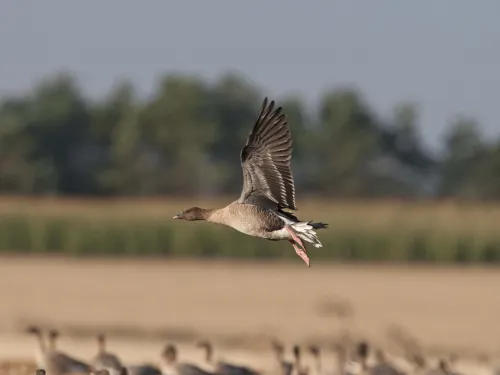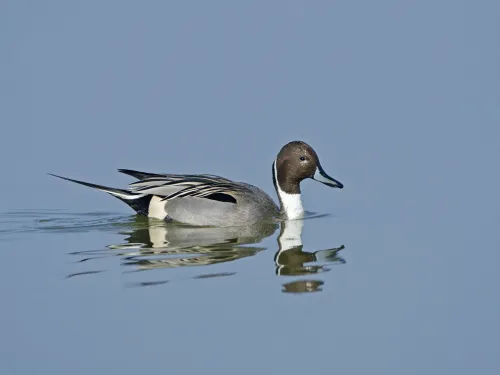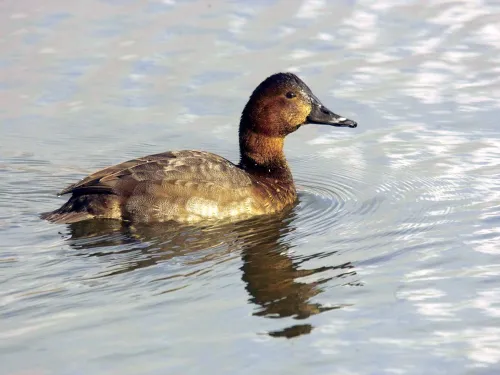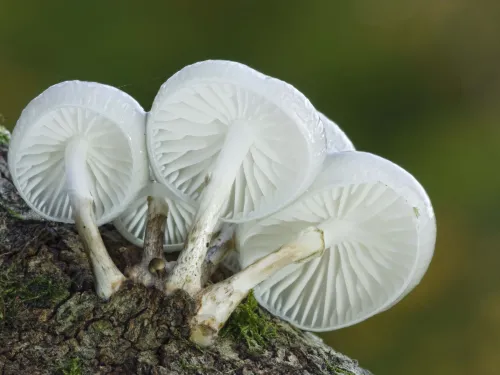Pink sea fan
Did you know we have colourful corals in UK seas? Pink sea fans are a type of horny coral - related to the sea fans found in the tropics. Don't be fooled by their name though, pink sea fans can actually be pink, orange or white.
Want to learn more about wildlife near you? You're in the right place, search below and discover the nature you can help protect in Kent.
Did you know we have colourful corals in UK seas? Pink sea fans are a type of horny coral - related to the sea fans found in the tropics. Don't be fooled by their name though, pink sea fans can actually be pink, orange or white.
This beautiful pink fungus appears in late summer and autumn.

The pink-footed goose is a winter visitor to the UK, feeding on our wetland and farmland habitats. About 360,000 individuals spend the winter here, making it a really important destination for this bird.

When spotting the pintail in winter, look out for the fabulous, long tail feathers that characterise it. This dabbling duck feeds at the water's surface, rather than diving for food.
Plaice is a common sight all around our coasts - if you can spot it! They are extremely well camouflaged against the seabed and can even change colour to better match their surroundings.
Planaria are flatworms in the phylum Platyhelminthes with amazing regeneration abilities giving them the title 'immortal under the edge of a knife'. There are many different species that inhabit freshwater, marine and terrestrial ecosystems.

The once-common pochard is now under threat because its populations are declining rapidly. The UK is an important winter destination for the pochard, with 48,000 birds visiting our wetlands and coasts.
The porbeagle shark is a member of the shark family Lamnidae, making it one of the closest living relatives of the great white shark.
Look out for this tiny crab under rocks and boulders on rocky shores - you'll have to look closely though, they're pretty well camouflaged!

The shiny, translucent porcelain fungus certainly lives up to its name in appearance. It can be seen growing on beech trees and dead wood in summer and autumn.
Despite appearances, this weird and wonderful creature is not a jellyfish! They're sometimes found washed up on our shores after westerly winds. Look but don't touch - they give a very nasty sting.
In mild years, the spring-flowering primrose can appear as early as December. Look out for its pretty, creamy-yellow flowers in woodlands and grasslands.